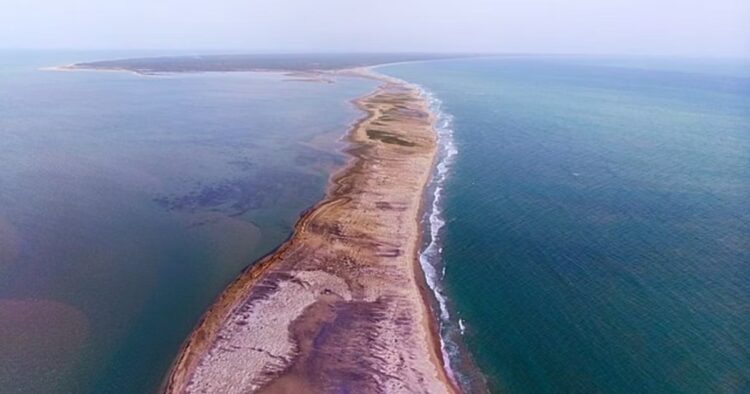Indian space scientists have come out with the most detailed map of the Adam’s Bridge using data from a US satellite. Adam’s Bridge more popular as Ram Setu will help resolve the long-standing controversies on the origin of the land of the land bridge between India and Sri Lanka.
The mapping exercise had led to the creation of the first ever undersea map of the entire 29 km bridge, showing its height as 8 mt from the seabed.
‘The report is the first to provide intricate details about the Adam’s Bridge using NASA satellite ICESat-2 water penetrated photons. Our findings can aid in accentuating the understanding of Adam’s Bridge and its origin’, scientists at ISRO’s National Remote Sensing Centre said in the study published in the journal Scientific Reports.
The satellite carried a laser altimeter that allows photon or light particles to penetrate the water for measuring the elevation of any structure in shallow areas of the sea. Adam’s Bridge spans from Dhanushkodi, a south-eastern point of Rameshwaram Island in India to the northwestern end of Talaimannar in Mannar Island of Sri Lanka.
It’s an underwater ridge made out of a chain of limestone shoals, some sections exposed above the water, but without any rock or vegetation.
In the epic Ramayana, this has been described as the Ram Setu, constructed by Lord Rama’s Vanara army to reach Sri Lanka for a battle while the demon king Ravana for rescuing Rama’s wife Goddess Sita.
Because of the bridge’s centrality in the timeless tale of Lord Rama, there have been multiple studies in the past to find out if its is a man-made structure. The evidence so far overwhelmingly indicates the contrary.
The NRSC researchers from Jodhpur and Hyderabad analysed the images captured by the NASA satellite to find several intricate details about the Adam’s Bridge.
They reported 99.98 % of the bridge is submerged in shallow and super-shallow water because of which surveying of the area with ships is not possible.
The scientists spotted 11 narrow channels under the bridge with depths varying between 203 mt facilitating free flow or exchange of water between the Gulf of Mannar and the Palk Strait.
Geological evidence suggests that the genesis of India and Sri Lanka are closely linked as both were part of the ancient supercontinent of Gondwana, which drifted towards north in the Tethys Seas, crashing into another supercontinent called Laurasia about 35-55 million years ago to take up its present position.

















Comments